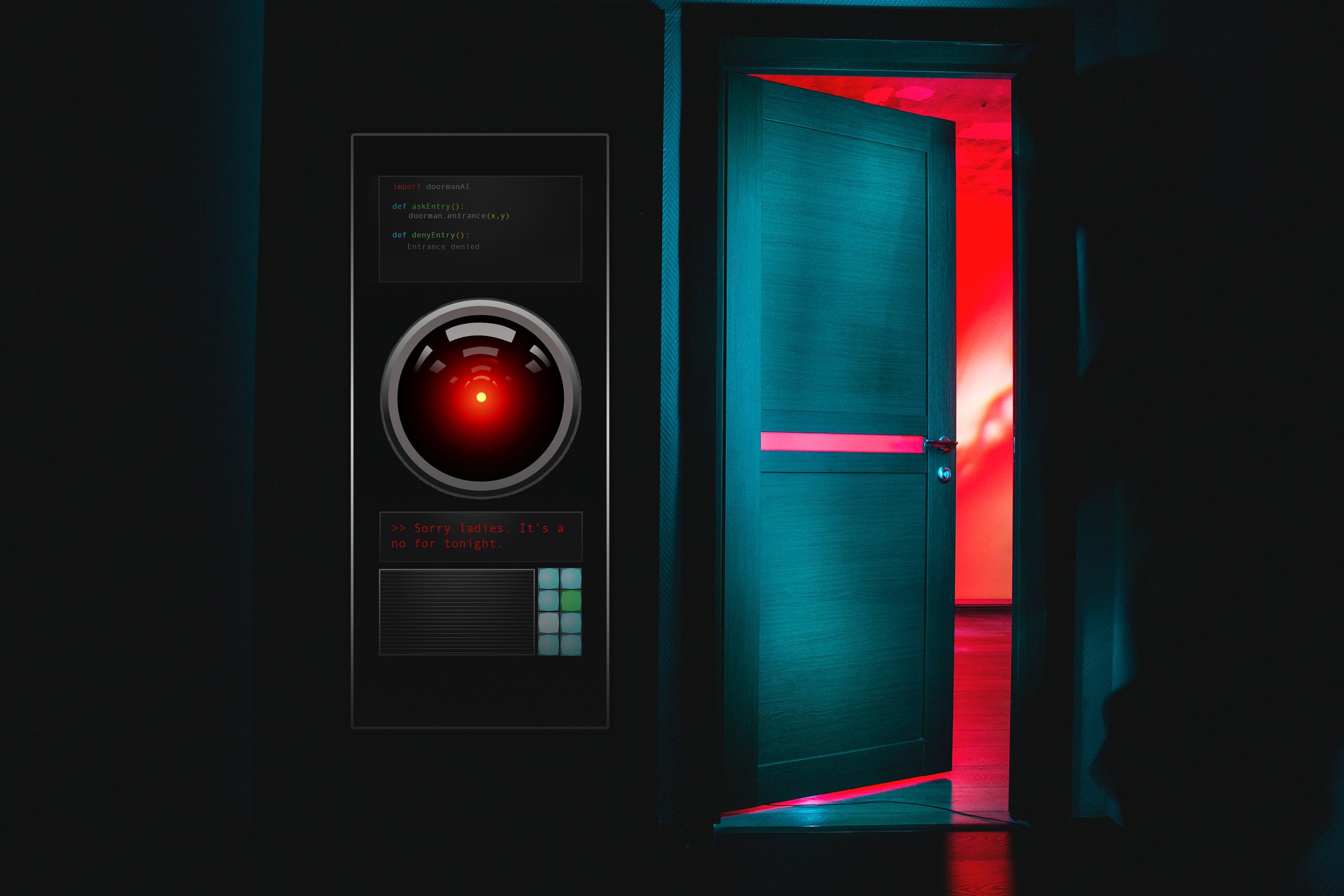
Story of an idea
A creative digital space to explore what my ideas say about my own self-hood and unconscious mind
For most of my life I’ve had an infatuation with my own ideas. I record as many as I can: filling notebooks, scrap pieces of paper, desk drawers, and digital note taking tools. Sometimes they come to me concretely formed, like “an exhibition where plants compose music by growing and moving in 3D space.” Others are just fragments. I became curious about this particular habit of mine. What drives me to collect ideas and what might I actually do with them?
To explore the relationship between myself and my ideas I built Story of an Idea. Currently a Tumblr-hosted webpage, the project is a growing digital workspace of which I am the sole user. By digitalizing year’s worth of ideas, I hope to create a fun interactive tool to express the innovative spirit of my mind and explore the nature of my creative process.
https://storyofanidea.tumblr.com/


Project purpose
I think you could learn more about a person by looking at their Instagram “likes” or Spotify playlists, than by viewing their carefully curated online personas. The things that inspire us provide a unique window into who we are in a moment of time. Our ever-changing aspirations and passions are driven by attraction to things around us. Thus my perspective of the world in a moment is reflected and captured by the innovative spirit of the mind.
Before you actualize them, ideas are just mementos of an excited, engaged mind. I find in the raw state they come to me, they tend to be totally useless to anyone but me. Regardless of if it’s a “good” or “bad” idea, their very presence serves as energizing waypoints along an unclear path towards my ultimate creative goals. The purpose of my project is not to serve as a repository for actionable, good ideas. I created Story of an Idea to visualize the tangled mess of mind and ask myself why am I so inspired by these ideas?
Capturing plant life in sound
Plant growth and movement are transcribed into sound by interacting with a visually defined 3D landscape. Musical tones are codified by a plant’s existence is space. Their song is told slowly through months of small movements, the life and death of seedlings, buds, stalks, and leaves. Viewers could look at an aging jade plant, and experience it’s life through sound. The song a compilation of the plants existence in time and space.
Art exhibition which lets visitors experience five different Facebook newsfeeds on the same topic.
Our understanding of the world and events in it are largely shaped by our experiences online. Algorithms behind sites like Facebook and YouTube curate personalized content on our behalf, and so are responsible for creating alternative realities from one user to the next. Our newsfeeds form “echo-chambers”, reflecting back our already formed views about the world. The same issue viewed from a different user profile tells a wildly different story.
I wonder what it’s like to be inside of another newsfeed, to be inside another person’s reality. What do they see when they search “climate change”, or “vaccinations” . Without that viewpoint, it’s hard to understand the extent to which these algorithms are effecting our worldviews.
Spend a minute in someone else’s social media feed?
Museum experience built on play
I worked in collaboration with Montreal-based creative studio Kite Parade to propose a model of exhibition development based on engaging guests of all ages through play. Our proposal incorporated an application to assist in a users journey through a museum.
Host a party with an AI algorithm as the doorman
By now you’ve probably figured out, machine learning algorithms are pretty biased. Just as biased as their human counterparts? Perhaps equally. As someone who has personally been rejected by the doorman at Berlin’s Berghain club, I’ve accepted the seemingly arbitrary criteria to qualify for a good techno party. Would I feel the same if it had been a piece of software?
Design
I wanted the visual experience of the online space to feel akin to walking to a hoarder den of my mind. This notion was challenging to balance against my need to easily form connections between ideas. To bring the content to the forefront, I reduced noise created by colours, shapes, and typography by templatizing ideas into basic “stickynote” blocks and adopting a muted colour palate.
To induce playful and mildly chaotic experiences, I sought interactive elements which change every time I opened the webpage. I found pre-existing HTML code by a user called Jazz which helped me implement a drag-and-drop feature simulating stacking paper on a desk.


Implementation
It was important to me that I program the website myself and tinker with it over time. Being the primary user of the site, I wanted my implementation to grow with my personal discoveries. But to make those discoveries, I needed to publish something quickly and learn from there. Hosting on Tumblr was a practical decision to reduce friction between having an idea and recording it. I used the opportunity to learn HTML in a hosted environment and prioritized quick results using templatized code.


